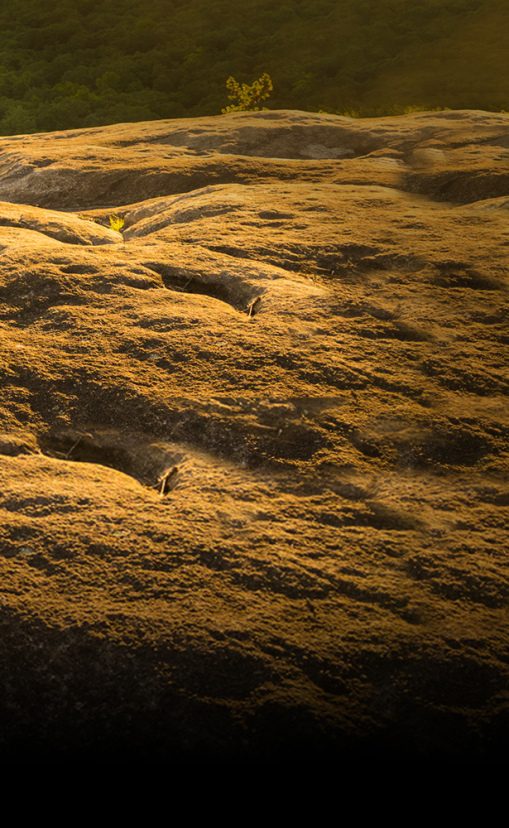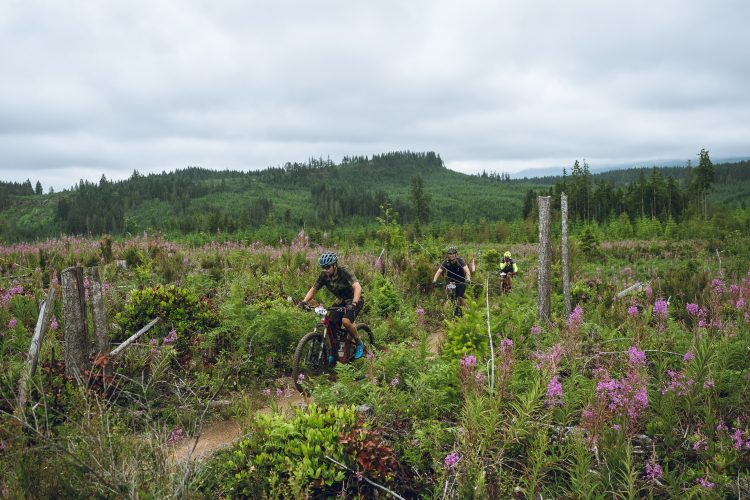
The three of us had nearly reached the summit of our 3,000ft, 8-mile climb, but there was one more switchback. The steep service road, above 12,000ft, jutted upward and there was little sense in trying to finish the climb in the saddle. Off to the side of our bikes, we pushed them by the handlebars and traded stories; about life, triumphs, and defeats.
“I’m going to tell you something that happened to me last week, guys,” I said. “I haven’t told anyone yet.”
As naturally as he replied to whether or not he’d seen a particular Netflix show, one of my friends asked “Did you shit yourself?”
“Damn, you’re quick,” I laughed.
The week before, I was out of state on a work trip and joined an evening group ride followed by a handful of beers. I was in a new region, new state, and had ridden about 40 miles in two days thus far, drinking natural spring water, indulging in new beers. The next morning, I went to breakfast by myself. I ordered extra strong coffee and greasy meat and potatoes to soak up my hangover before I met with someone else for another day of riding in an unfamiliar place with a heavy camera bag.
I was exhausted. My stomach rumbled as I forked corned beef and hash into my mouth. Thinking it was gas, I leaned to my side to let one out, but my stomach pulled a fast one on me. “Shit!” I thought, wriggling in my shorts and chamois in the hard plastic diner chair as a new group of hungry tourists walked in.
“So, what did you do?” my buddy asked.
“It was my only semi-clean chamois. I got out of the restaurant as quick as I could, washed it in the bath tub faucet in my hotel room and used the hairdryer like a fire extinguisher so I could make my meeting on time.”
My friends laughed. I felt like I’d come clean with a heavy secret. And, as the summer went on, I rode more with these friends and others, and wondered what compelled me to tell them something I was fine with taking to my grave.
Then, I thought about how familiar this actually is. How last year, when two other friends and I summited a high mountain pass twice to ride on both sides, along the hours of climbing, we told each other about childhood memories — traumatic or cherished, our divorces, and formative sexual experiences.
A lot of times, when mountain bikers talk about “dirt church” or “dirt therapy” it sounds cliché, but it’s moments like these we usually reference, when we feel in solidarity with our riding partners. If something were to go wrong, we know we could rely on them for help, be it only a need to confide in someone or express something from deep within us.
And, for some reason this tends to happen when we’re sweating, panting and heaving, and commiserating up a hill together. Since then, I’ve wanted to understand why it is that when we suffer alongside others, we feel more open and trust in them, even if we don’t know them that well.
Turns out, there’s a term for it. A group of researchers studied “shared adversity” or “shared pain” in 2014, with the assumption that suffering as a group enhances social cohesion. The concept is something that hasn’t been explored much, researchers said.
“No empirical evidence has been reported, however, for the proposition that bonding and cooperation are enhanced among people who share painful experiences,” wrote the researchers. “We tested the possibility that sharing the experience of pain with other people promotes interpersonal bonding and cooperation, aiming to provide evidence for a causal link.”
The study, conducted between two universities in Australia, took participants and randomized them into groups to find out if the concept was valid. For the first experiment, researchers had one group submerge their hands in ice water and find small metal balls in the bottom of the tub and place them in a smaller underwater container. The other group used room temperature water.
In another test, one group held a 90° wall squat for as long as possible while the control group tried to balance on one leg as long as possible, but they could switch or use balance aids to avoid fatigue.
After both tasks, the researchers assessed the groups’ favorability of each other with statements like “I feel a sense of loyalty/trust/unity with other participants.” Sure enough, those who were wall squatting together or had their arms in ice water had a higher sense of trust in their group, than those who didn’t experience discomfort.
“Our first experiment found that sharing painful experiences (compared with sharing nonpainful experiences) increased perceived bonding among strangers, providing an important insight into how shared pain may promote trusting interpersonal relationships.”
Researchers also found that team cooperation was higher for participants in a pain condition than a non-pain condition and participants were more likely to invest in their group’s success if they had experienced pain together. In the final experiment, researchers measured group dynamics after one group ate a spicy chili pepper and another group ate a hard candy. Yet again, the results showed that cooperation between group members increases in a pain condition.
Though the research didn’t uncover a mechanism for how this happens, they found a causal link between shared pain and group dynamics.
“Pain, it seems, has the capacity to act as social glue, building cooperation within novel social collectives.
When these experiences are shared, they not only make the events more salient but also enhance the salience of the other people who shared in those events. Sharing pain therefore is an especially powerful form of shared experience that enhances the salience of the group and promotes bonding, solidarity, and ultimately, cooperation.”
Part of why these experiences also might feel so good is that humans aren’t given many opportunities today to band together and overcome adversity. We work alone from home more than ever in insular positions and then find ourselves too tired for social interactions at the end of the day. In his extraordinarily researched book Tribe, Sebastian Junger unfolds why modern society and its conveniences have made developed countries less reliant on their own community and more solitary and depressed. In turn, mental health quality is typically lower than less developed countries which tend to be more communal.
In chapter two, Junger discusses an observer for the U.S. Strategic Bombing Survey in World War 2, Charles Fritz, who studied the effects of bombing in Europe. Later, he studied the effects of natural disasters on communities and found that in every instance, social bonds are reinforced and people devote themselves to their community. Community mental health improves during these times too.
Junger wrote, “As people come together to face an existential threat, Fritz found, class differences are temporarily erased, income disparities become irrelevant, race is overlooked, and individuals are assessed simply by what they are willing to do for the group. It is a kind of fleeting social utopia that, Fritz felt, is enormously gratifying to the average person and downright therapeutic to people suffering from mental illness.”
Junger also discusses the challenges of separating military veterans who find it difficult to transition from a tight military culture into a disconnected society, and I’m certain this plays into why I’m fond of challenging backcountry rides with friends and why more veteran nonprofits are finding success with mountain biking.
“Adversity often leads people to depend more on one another, and that closeness can produce a kind of nostalgia for the hard times that even civilians are susceptible to,” wrote Junger.
In the first week of fall, I was invited on a media trip by a familiar work acquaintance and friend. The other five people in the group though, I was meeting for the first time. On the first day, we rode our bikes, loaded up with everything we needed for three days, from one city to the next. The route that day was paved and relatively flat compared to the days to come.
On the following day, our plans were derailed as the train we intended to take to our next destination hit a U-haul on its way to Denver. The group called an audible and we packed into a pickup truck and arrived at the starting point for the biggest day of the trip: a 37-mile ride over a high elevation mountain pass, with over 3,000ft of climbing. We started hours later than we planned and knew we’d be riding in the dark for some time.
Our photographer for the trip, Andrew, was a well-traveled adventurer with unbelievable stories from Alaska to Mexican jungles. As we cinched our bags down and tightened our shoes, he surveyed the group.
“Let me ask you guys a question,” he said. “When was the last time you shit yourself?”





















2 Comments
Nov 9, 2022
Nov 7, 2022
Now, we look forward to the ride down as a unit.
No rider left behind!